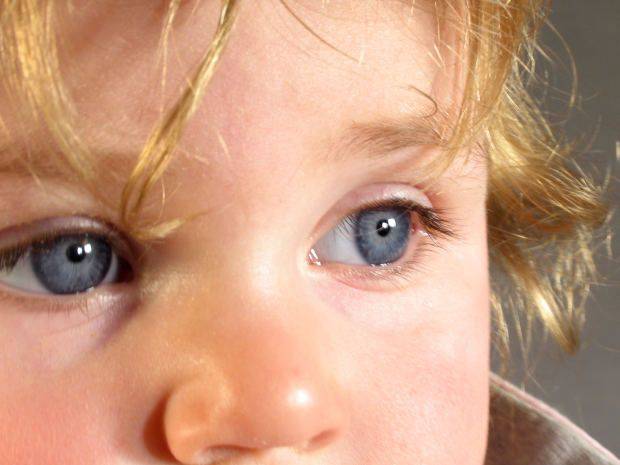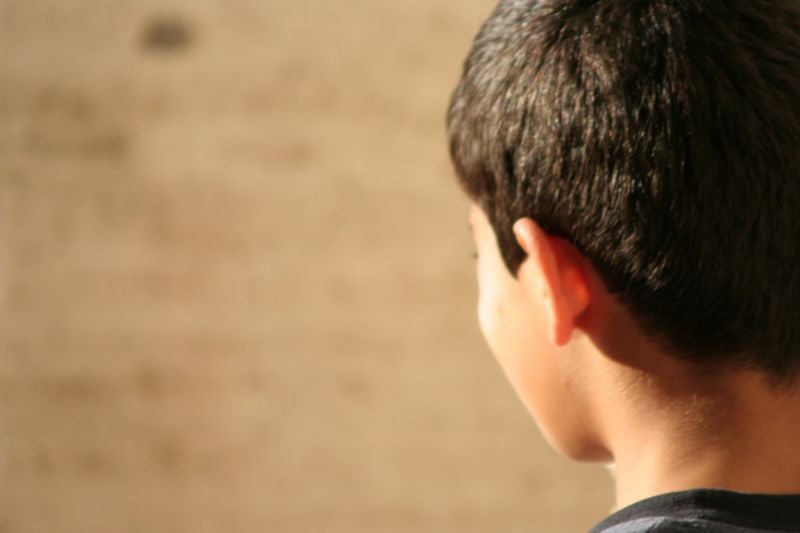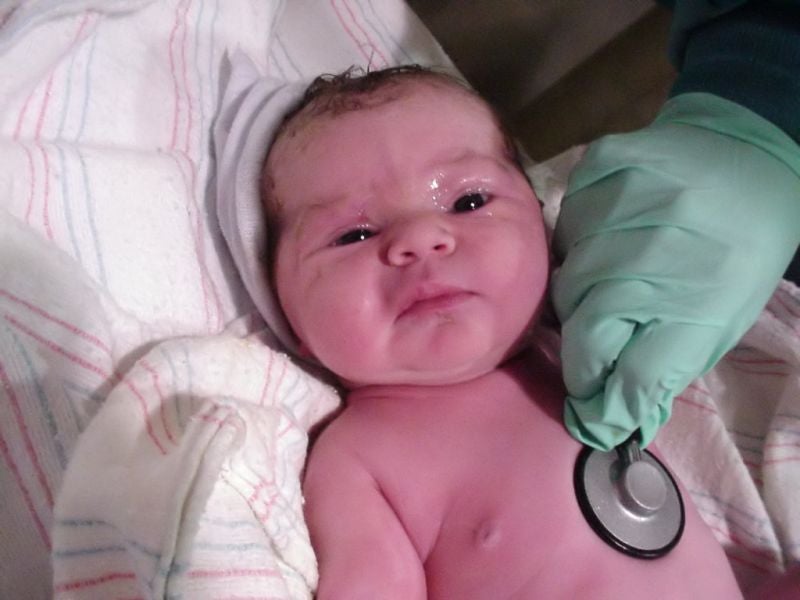Children or adolescents with brain injury

November sixth 2014
Press release Leiden University Medical Center (LUMC):
Annually, more than 19,000 children and young people are affected by brain injury, for example by (traffic) accident, brain tumor or violence.
Acquired brain injury (ABI) is the main cause of death of children and adolescents and often has lifelong consequences.
After brain injury in a child: stay alert, also in the long-term, on non-visible consequences!
Arend de Kloet, psychologist at Sophia Rehabilitation in The Hague obtained a PhD for his research into brain injury in children and adolescents at the Leiden University Medical Centre (LUMC).
In an interview Arend de Kloet explaned:
The World Health Organization (WHO) has marked acquired brain injury (ABI) as an urgent and growing social problem. Especially the often less visible effects on learning and behavior can be severe, but these are not always recognized. In particular, participation problems at home, school, work and in the longer term in society are underexposed so far.
The brain develops approximately up to and including the 24th year of life. We thought for a long time that young brain is flexible and brain injuries in youth therefore would have less serious consequences. However, the reverse is often true: brain damage at a young age can disrupt the development process.
When a child goes to high school or is going to live on his or her own, suddenly skills like organizing and planning are much more required. (see our page on cognitive functions). Unexpectedly sometimes only then obvious problems are revealed. The connection with the injury, which sometimes took place years ago, is not always made. Sometimes the child is accused of laziness or parents are held responsible.
The Phd thesis of Arend de Kloet (in English) is available here:
Unnoticed brain injury
Sometimes the event in which the brain injury to the child originated is clearly recorded in everyone’s memory. The meningitis, the accident, nearly drowning, brain tumor, brain hemorrhage, the mistreatment that everyone was aware of...
But often, a brain injury is not even noticed by the environment and the child does not go to the doctor or an emergency room. The accident at the playground, in the gym, the hits at home that nobody saw .... but also the concussion from which, apparently, the child has recovered so well.
Searching through the medical record and recalling the forgotten "accidents" and taking them seriously, may be the beginning of looking for help, adjust the life and learning to deal with the consequences. Neuropsychological testing can reveal much.

The big misunderstanding / Growing into deficit
The misunderstanding that has long existed is that we thought that children recovered more easily from a brain injury than adults. Unfortunately, it is also true that a child has had less time to develop skills and knowledge to rely on later.
Moreover, the fact that that the possible mood swings, impulsivity or concentration problems caused by the brain injury evoke adverse reactions from educators and teachers may cause the child to be be even more afraid of failure or be insecure and hence behavioral problems can develop.
Growing into deficit
The concept 'Growing into deficit' means that the consequences of brain injury in children and young people only become apparent after a while. This may be because a certain brain region in which injury has occurred does not develop until a later stage of life.
Growing into deficit means that a child with brain injury cannot always meet the demands and expectations from school, study, society that normally growing young people are able to meet.
Possible long-term consequences:
Problems with behavior and emotions such as:
- Irritable
- Impulsive
- Unstable and suffering from mood swings
- Lack of initiative
Cognitive problems:
- Attention and concentration problems
- Memory problems
Physical problems:
- Headaches
- Sensitivity to light / sound
- Dizziness / balance problems
- Impaired motor skills, spasms, paralysis
- Fatigue
- Sleeping problems
- Reduced sense of smell or taste
Chain reaction
The visible and invisible consequences of brain injury, together with parenting issues and experience deprivation causes brain damage in children to result in a chain reaction of problems where proper diagnosis and treatment is necessary.
Not only the child, but the whole family and environment is affected and in that context the right assistance will have to be offered. There are good specialized practices of neuropsychologists and ortohopedagogues (neuro-orthopedagogues).
Brain injury incurred at the age of...…

The boundary between innate and acquired brain injury is often difficult to determine. We speak of acquired brain injury (ABI) for injuries that originated between six months to a year after birth. For clarity, we prefer to speak about the age at which arose the injury in a child's brain, in order to estimate the consequences for the development.
Congenital brain damage or injury that occurs during or shortly after birth, for example by predisposition disturbances, oxygen deficiency, bleeding, or infection of the brain can have a major impact on the whole life. Also medication that has been prescribed to a woman during pregnancy can have serious consequences. For help in case this concerns the drug Zofran see this website: Help for families affected by a Zofran birth defect.
The consequences of violent shaking of an infant or toddler to make it stop crying are notorious; the so-called "shaken baby syndome '. The neck muscles are not yet so well developed that they can carry the heavy head of a child.
During shaking serious and life-threatening bleeding may occur in the brain that may result in lifelong disabilities. See our page on shaken baby syndrome.
This beautiful infographic we received from an organization called Brain Injury Clubhouse.

Here is a link to a site with Wii-games that are used in rehabilitation: TharapWii
The games have been developed in cooperation with Lumos Labs.
Get more information and / or get help:
Help for brain injured children
Caring for the eyes of children with special needs
Download the PHD-thesis by Arend de Kloet or the summary here: